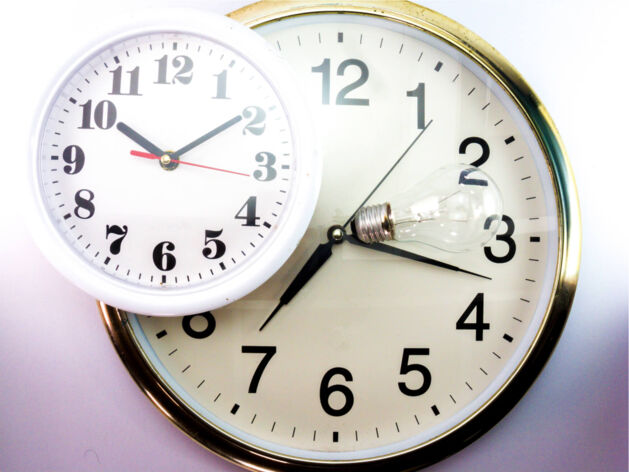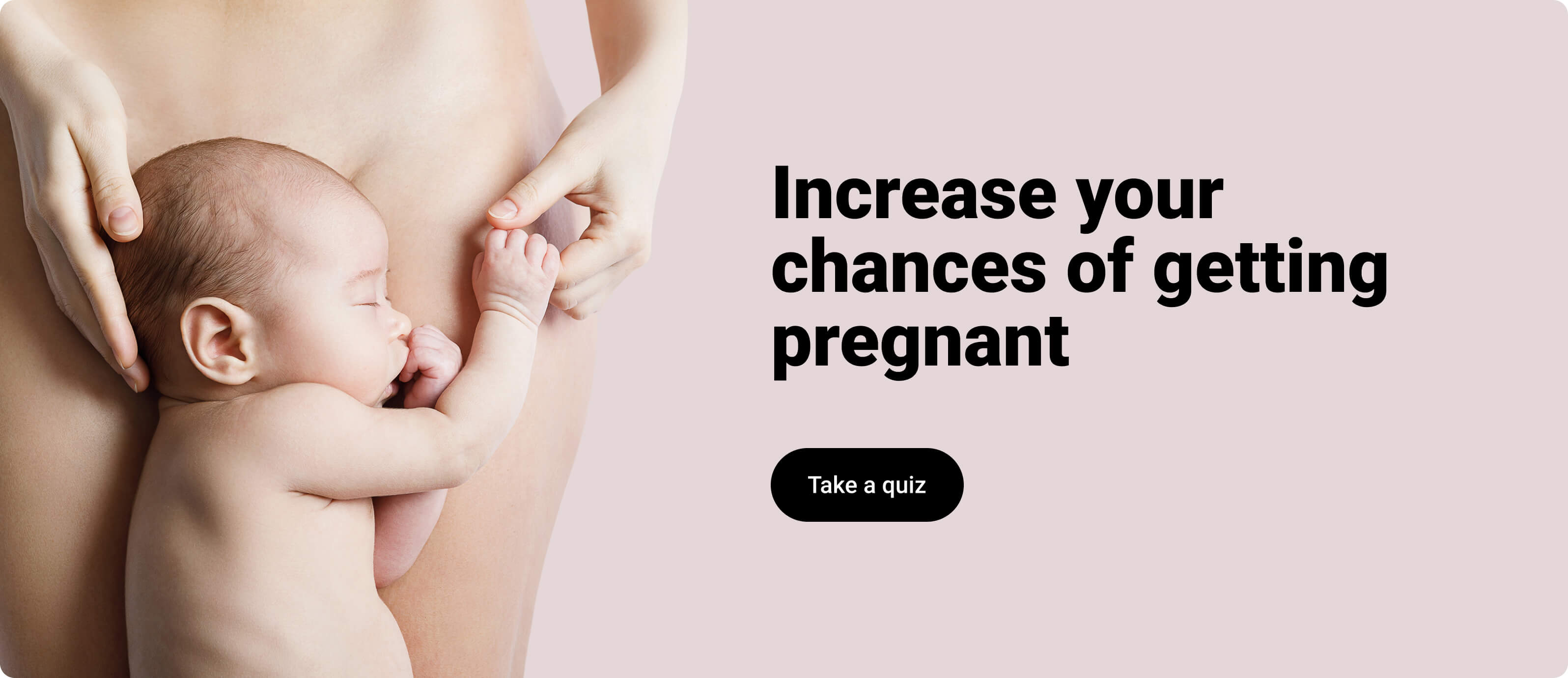Clear Blue Advanced Ovulation Kit Positive on One Test Negative on Another
When do you ovulate?
An ovulation test indicates the most fertile days in a cycle and when the next period will arrive. Ovulation occurs 10–16 days (14 days on average) before your period begins.
Using ovulation tests to track the fertile window is not a good way to prevent pregnancy. Ovulation tests identify the surge in luteinizing hormone 24 to 48 hours before ovulation, but sperm can survive in the body for three to five days. If sex happens before the ovulation test detects the surge in luteinizing hormone, the egg could still be fertilized and conception can occur.
How to take an ovulation test
One way to predict ovulation is to use home tests. These tests react to the luteinizing hormone in urine, which starts increasing 24–48 hours before the egg is released, peaking 10–12 hours before it happens.
Here are some ovulation test tips:
- Start taking tests several days before ovulation is expected. In a regular, 28-day cycle, ovulation will usually be on day 14 or 15.
- Continue taking the tests until the result is positive.
- It's better to do the tests twice a day. Don't take the test during your first pee of the morning.
- Before taking a test, don't drink a lot of water (this can dilute the test). Make sure not to urinate for about four hours before taking the test.
- Follow the instructions closely.
- Most ovulation tests include a booklet that will help you interpret the results. A positive result means that ovulation is likely to occur in 24–48 hours.
Measuring basal temperature and cervical mucus can also help determine the most fertile days of a cycle. Health care providers can also track ovulation using an ultrasound.

Ovulation tests may need to be done twice a day to avoid missing the peak
Luteinizing hormone, which is detected in the urine shortly before ovulation, peaks for different amounts of time and levels in different people.
Sometimes, the peak time of luteinizing hormone is short and lasts only a couple of hours. To make sure you don't miss the surge of the hormone, it may be helpful to take the test twice a day.
If the peak time is long (more than 24 hours), one test is enough to indicate an increased level of the hormone.
When to start ovulation testing with irregular cycles
Ovulation tests that react to luteinizing hormone are usually done a few days before the expected ovulation.
In a standard cycle, the timing will look something like this:
- The menstrual cycle is 28 days.
- The luteal phase (from ovulation to menstruation) is fairly stable and lasts 10–16 days.
- The beginning of testing will be three days before ovulation.
For a 28-day cycle, three days before ovulation will typically be around day 11 of your cycle. To do the math, start at the end of your cycle (day 28 and the end of your luteal phase) and work backward toward the start. The first day of your cycle is the first day of your most recent period.
Irregular cycles can make the timing a bit more complicated. For an irregular cycle, the best option is to look at the shortest cycle in the last six months. The calculations for an irregular cycle are typically the same as with a standard cycle.
For example, your shortest cycle was 20 days. The luteal phase lasts for about 10–16 days. Starting at the end of your cycle (day 20) and subtracting the 16 days of the luteal phase, the predicted ovulation may be expected on day 4. Start doing tests three days before that, on the first day of your cycle.
The main reason why it might be hard to catch ovulation with irregular cycles is that it's usually a sign that you may experience anovulatory cycles, when there is no ovulation at all. If you don't detect ovulation for several cycles in a row, make sure to contact a health care provider to figure out the underlying reasons.

Are ovulation test results 100-percent accurate?
Ovulation tests indicate the presence of luteinizing hormone in the urine. Within 24–48 hours after the level rises, a follicle ruptures, an egg is released, and ovulation takes place.
However, this process can sometimes fail.
There are several reasons why an ovulation test may be inaccurate.
- For someone with polycystic ovaries, a test may mark a surge of luteinizing hormone, but ovulation may be absent.
- With luteinization of an unruptured follicle, the level of luteinizing hormone is enough to be detected by a test, but the egg does not leave the ovary.
- If there are abnormalities in the hypothalamus, luteinizing hormone production can malfunction. The hormone level may be high, but ovulation does not occur.
To determine when ovulation is approaching, it's a good idea to apply a combination of methods. Take ovulation tests, measure basal body temperature, and monitor changes in cervical mucus.
What kinds of ovulation tests are out there?
Nowadays, there is a great variety of ovulation tests. They mainly differ in price, accuracy, parameters for determining approaching ovulation, and convenience.
The most common ovulation tests consist of strips and digital devices that detect the rise in the level of luteinizing hormone in the urine. They look like pregnancy tests.
The test strips differ in sensitivity, which is measured in international units per liter (IU/L). This parameter indicates the minimum amount of luteinizing hormone that the test can detect in the urine (from 10 to 40 IU/L).
High-sensitivity tests (10 IU/L) are more likely to detect an increased level of luteinizing hormone, even if the peak is low.
Some test systems also indicate the surge of estrogen, which comes before the rise of luteinizing hormone. This helps identify the beginning of the fertile window earlier than the luteinizing hormone test alone.

What is the difference between various ovulation tests?
Most home ovulation tests are based on detecting a surge of luteinizing hormone in urine, which occurs 24 to 48 hours before an egg is released from its follicle. There are also test systems that can indicate increased levels of estrone-3-glucuronide (E3G) in the urine.
E3G is an estrogen decomposition product, and its level increases in the blood and urine before the peak of luteinizing hormone. Tests that detect E3G can determine when ovulation will occur much earlier.
The surge of E3G is detected five days before ovulation.
If you're trying to get pregnant, you can start having sex at this point because sperm can survive in the body for up to five days, waiting for a mature egg.
Positive ovulation test: what to do next
A positive test result indicates a luteinizing hormone surge, and ovulation should occur in the next 24 to 48 hours. However, this may not be the case for everyone. In some cases, there can be other possible reasons for elevated LH level and a false positive test, such as PCOS, luteinized unruptured follicle, pituitary disorders, perimenopause, or menopause.
A positive ovulation test represents the best opportunity to get pregnant. If you are unsure of the result, read the booklet that is included with the ovulation kit.
Ovulation test is negative: Was everything done right?
A negative ovulation test means there is no luteinizing hormone surge, and ovulation has not occurred. If you are unsure about the results, check the booklet included with the test.
Reasons for negative results:
- You used first morning urine.
- The concentration of luteinizing hormone was too low to detect.
- Testing was too early or too late in the menstrual cycle.
What causes negative ovulation tests?
Predicting the luteinizing hormone surge can be tricky, so don't worry if you get a negative ovulation test result. It may have come earlier than expected.
For the most accurate result, health care providers suggest testing twice a day, 10 hours or more apart, for a few days prior to ovulation.
Log your ovulation test results, and Flo will use them to make even more accurate predictions.
The ovulation test can be negative for the following reasons:
- The peak time of luteinizing hormone is short, and you missed it (that's why it's important to do tests twice a day).
- In some cycles, ovulation does not occur because of stress, intense physical activity, sudden weight changes, or unusual climate.
- With long cycles, you may have taken a test too early. Start taking them 17 days before your expected period or three days before potential ovulation. Continue until the result is positive.
- The test has been performed incorrectly. For example, your urine was diluted or you did not follow the instructions exactly.
Be patient and record the test results for at least three cycles.
To get the most reliable result, you can try other available methods for predicting ovulation, such as measuring basal temperature and monitoring changes in cervical mucus.
Source: https://flo.health/getting-pregnant/trying-to-conceive/tracking-ovulation/ovulation-tests


0 Response to "Clear Blue Advanced Ovulation Kit Positive on One Test Negative on Another"
Postar um comentário